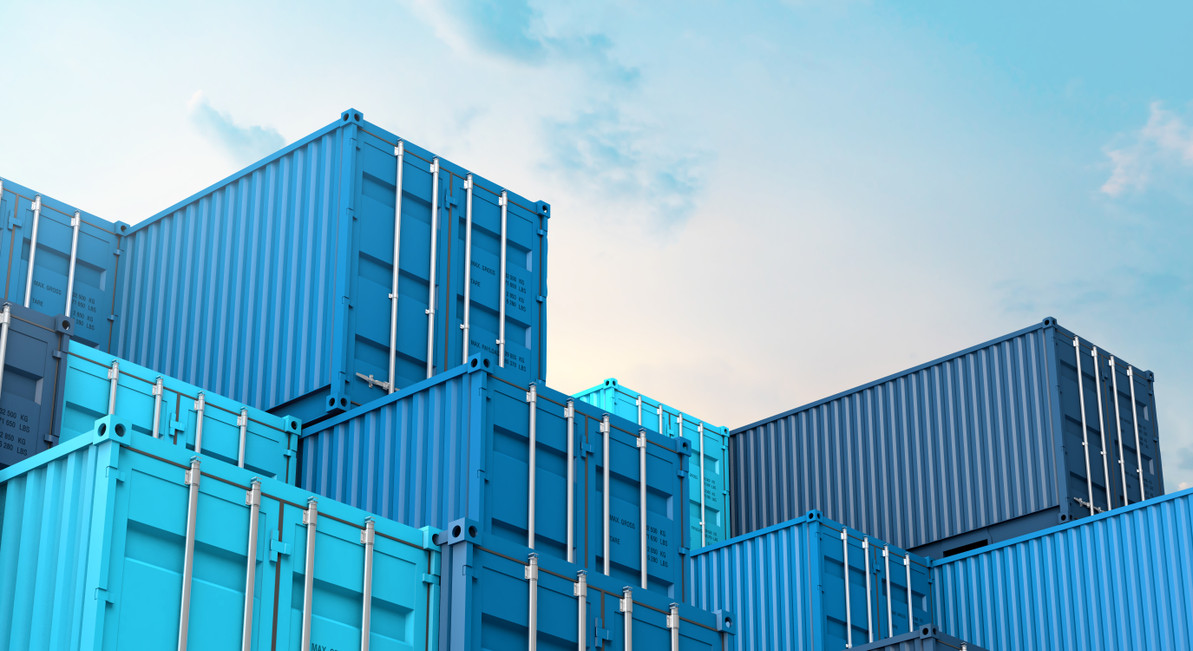Will the Broken Global Supply Chain Ever Be Repaired?
It is no surprise that COVID-19 has caused global supply chain disruptions. It is, however, a surprise to many of us that nearly two years into the pandemic, this will seemingly be ongoing for the foreseeable future. There seems to be no industry in existence that is unaffected by the broken supply chain. For the scientific community, there have been huge struggles with obtaining the materials needed for research projects that are necessary to advance in areas of chemistry and life sciences. Here at CP Lab Safety, we’ve had to break the news to our customers all too often that lead times for products they need are weeks or months away, and often they get postponed multiple times even after an order is placed. So why are these shortages continuing, and will we ever see the end of it?
It starts at the beginning of the chain. Raw materials. When you have no raw materials, you have nothing. You cannot build cars, you cannot get lumber, you cannot make medications. In early 2020, manufacturing was halted across the globe, or operating on a very small scale. Entire economies were sent into lockdown, overseas shipping was cancelled, and workers were displaced. At this time the demand for goods had plummeted. By summer of 2020, demands were surging, and online shopping was increasing. By the time manufacturing and trading had resumed, it was impossible to catch up to demand for several reasons.
Firstly, there were fewer shipping containers in rotation than what was needed, caused by a combination of costs of the containers doubling and many remaining empty and uncollected in Africa and South America. These containers were sent with millions of masks and other PPE items and have gone uncollected as carriers concentrate on more profitable areas such as Europe and Asia. The prices of shipping containers are still rising and will likely take years to balance out in numbers. Ships themselves have gotten much bigger over the last 20 years, typically holding over 20,000 containers each. This means when there is a delay, more containers are affected.
Another key factor is trucking. There is a shortage of truck drivers since the costs of trucks have risen, causing independent contractors to find other means of income. Railroad companies are also understaffed and have experienced delays due to hurricane Ida in New Orleans as well as bottlenecking issues in Chicago. Air cargo would be a good option if it weren’t up to eight times more expensive than ocean freight shipping.
Finally, once the items get through all these obstacles and reach our soil, they need to be put into warehouses. These distribution centers are running out of space, and when shipping containers can’t be unloaded, it adds to the circulation problem. The shortage of space also causes warehouse rental prices to go up, which in turn raises consumer pricing. It is truly a vicious cycle.
Is there any light at the end of this very long, expensive tunnel? It’s too soon to tell. If the pandemic has taught us anything, it is that there were already flaws in our global supply chain that should have been addressed long ago. Maybe we need to improve domestic manufacturing and rely less on overseas relationships. That is a tough one to swallow, especially for the U.S. Even once we get back to obtaining some sort of post-pandemic normalcy, we are still looking at an increase in extreme weather events that will continue to cause large delays. The big picture is highly sobering, and we must work to change it. Support small businesses, buy domestically when you can, and most of all, be patient. We’re all in this together, living in a fast-paced world while we’re being forced to take a step back. It is frustrating and it is difficult, and hopefully when we come out the other side, our supply chain will be stronger than ever.
Recent Posts
-
Disinfecting Surfaces in the Era of Covid and EPA Registered Commercial Disinfectants and Viricides
The disinfection of surfaces at home, in public spaces, and in hospitals and clinics needs to be a …15th Jan 2023 -
Working with Inorganic Acids in the Laboratory: A Practical Guide
Working with Inorganic Acids in the Laboratory Acids are of great importance in the laboratory and a …5th Jan 2023 -
The Top 12 Drinking Water Contaminants
1.Lead- from older plumbing systems pre-1986, when lead pipes, solder, and components were banned. …14th Dec 2022

